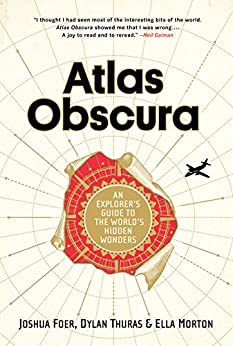For the Love of Bread
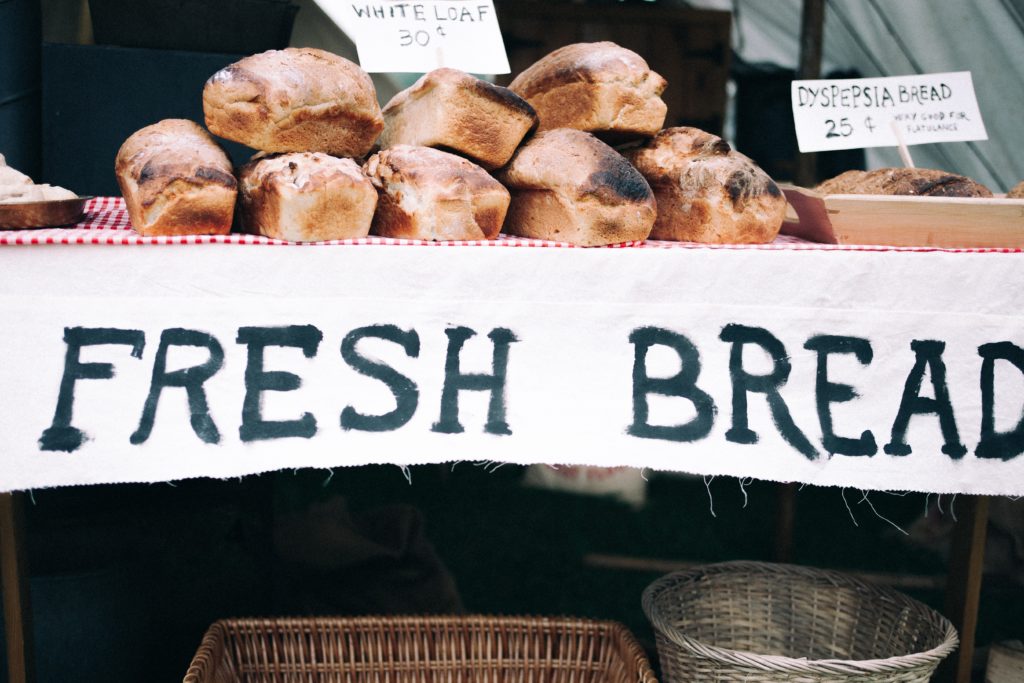
I can’t remember my first bites of bread. Nor could I detail every delicious loaf I’ve gotten my teeth on since. What I do know with certainty is that the moment I first tasted the crusty exterior, the soft fluffy inside, chewed the fibrous substance… a love affair with bread began. In travelling the world, sampling varieties of all sorts and sizes, I’ve only become more curious and enamored with this food staple.
And I’m not the only one. For centuries, humans have fawned over bread. Wars have been fought over it. Religious practices centered on it. Cultural traditions based on it. Across the globe, the role bread plays in people’s daily lives is significant, and founded in a long history of cultivating, preparing, baking and eating.
La vie en pain
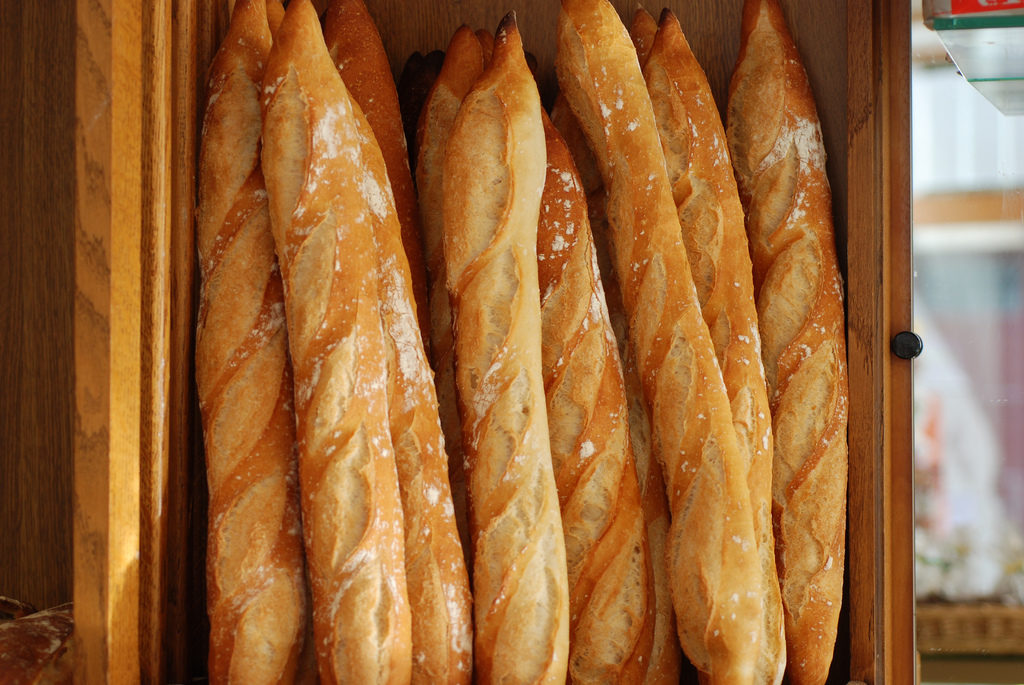
Credit: Let Ideas Compete, Flickr
Bread – or pain – is a serious business in France. The reputation of a good boulanger rests on a single bite of baguette or brioche. National competitions like the Baguette d’Or or Croissant d’Or speak to the importance of bread in French society. Up until 1986, the price of bread was actually regulated by the government to ensure that fresh, good quality bread was accessible for all citizens. Today, the majority of French bakeries function as they have for centuries, using staple ingredients like whole grain flour, local fresh water, and pure butter to craft what is regarded as some of the best loaves in the world.
The most sacred of foods
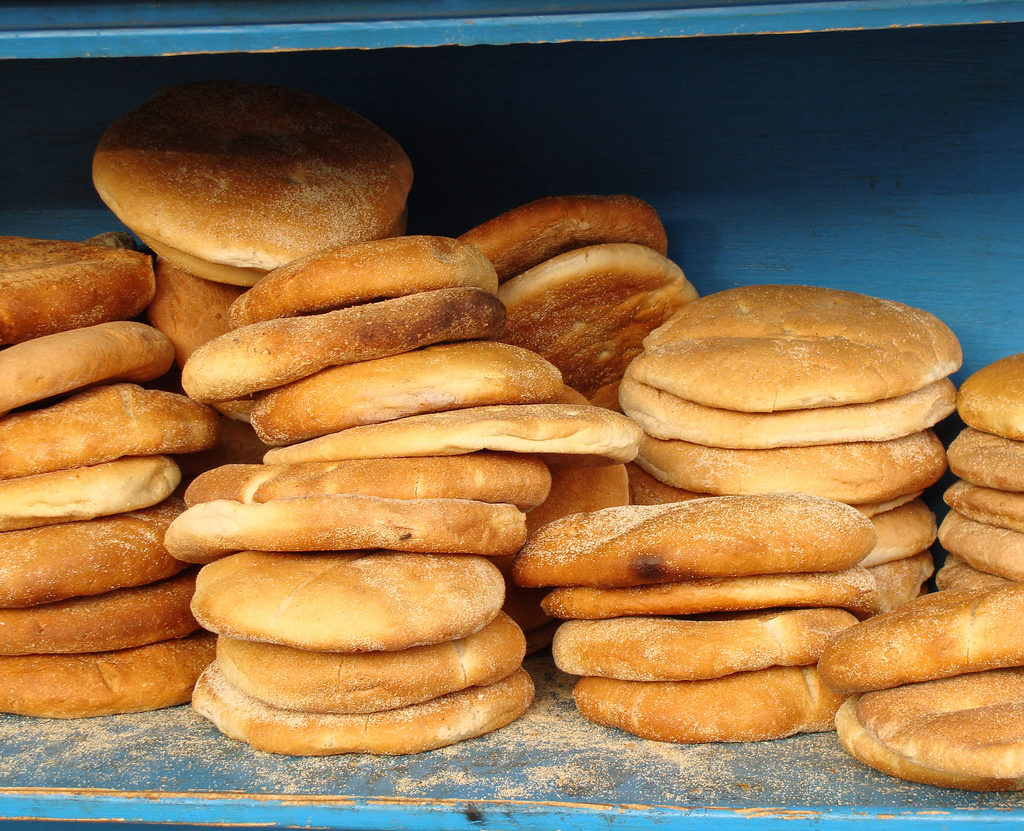
Credit: Julia Manzerova, Flickr
In Morocco, bread is a sacred food. In fact, it is forbidden to cut bread with a knife, as the act is considered too violent. It is the country’s most fundamental food source and a key component of any Moroccan diet. The traditional variety khubz was, until recently, made from scratch daily in every home. Today, bakeries are more common, though some families still opt to prepare the dough at home and bake their loaves in a local communal clay oven called a tannur. Bread is eaten at all three meals of the day, with one person usually designated to share the bread with family and guests. If you are ever fortunate enough to be invited to a family meal in Morocco, you will enjoy breaking bread like never before.
Bread in all its forms
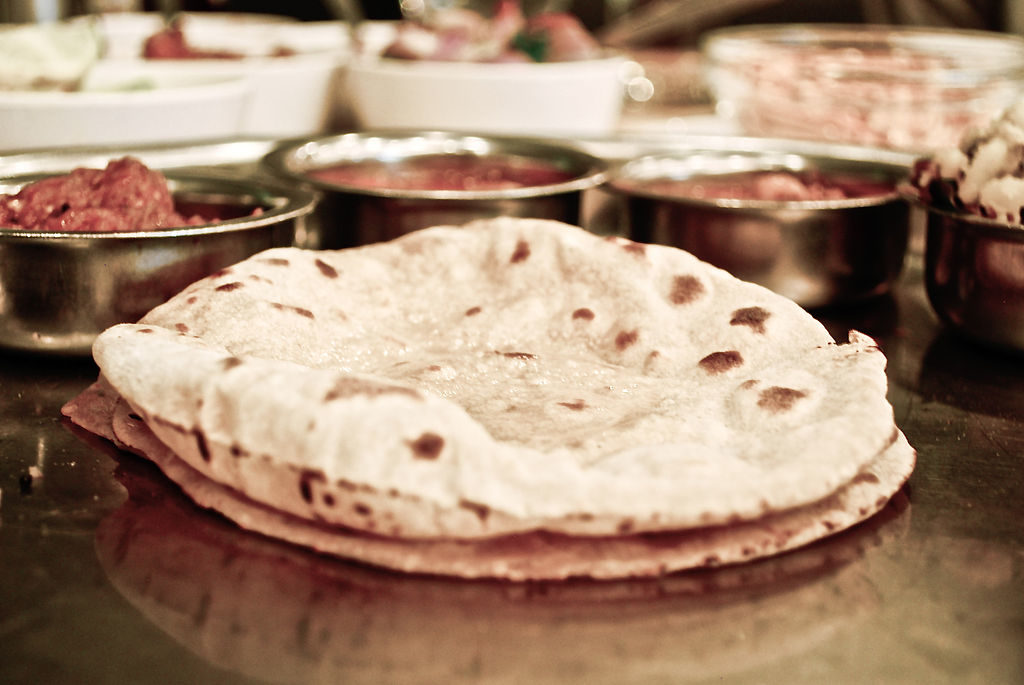
While in western countries the basic ingredients and methods of baking bread are relatively similar, there are some parts of the world where it has adapted to local conditions. In India and parts of eastern Africa, the common bread is chapati, and is prepared without an oven. This crepe-like bread is soft and doughy, and can be served in a number of ways, including stuffed with ingredients like cheese or vegetables or served alongside a curry or meat sauce. Whether your first taste is at a roadside stop in Tanzania or a local South-Asian restaurant, this experience of eating bread will be one to remember.
With more varieties of bread than countries around the globe, there is plenty for travellers to discover. While local cuisine is always an important part of the travel experience, bread holds a unique position of universal importance across cultures. Whether it’s a slice of dark rye or a torn piece of pita, take time to enjoy the breads this world has to offer.
Share you love for bread in the comments below!
Latest posts by Caitlin Boros (see all)
- 48 Hours In: Banff, Alberta - March 6, 2018
- Top 5 Sights in Spain’s Historic Seville - February 27, 2018
- Explore the World’s 4 Remaining Inhabited Bridges - January 16, 2018






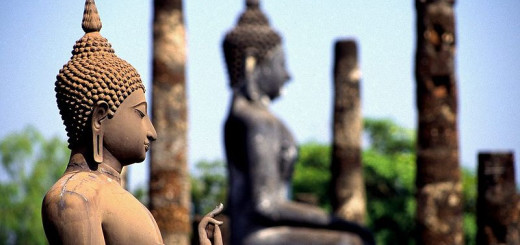

 Almost all the tea houses in
Almost all the tea houses in 
